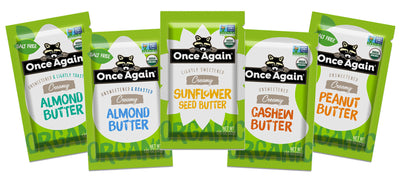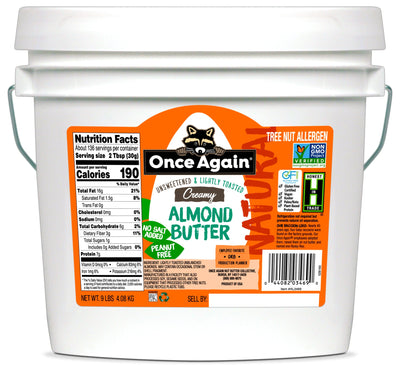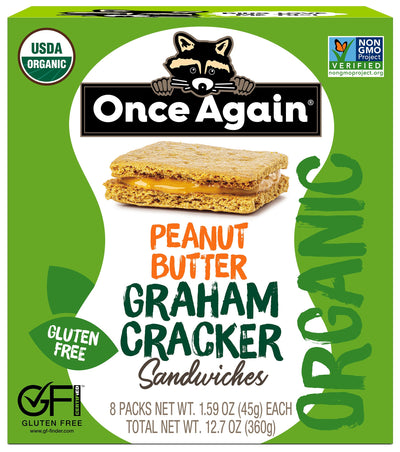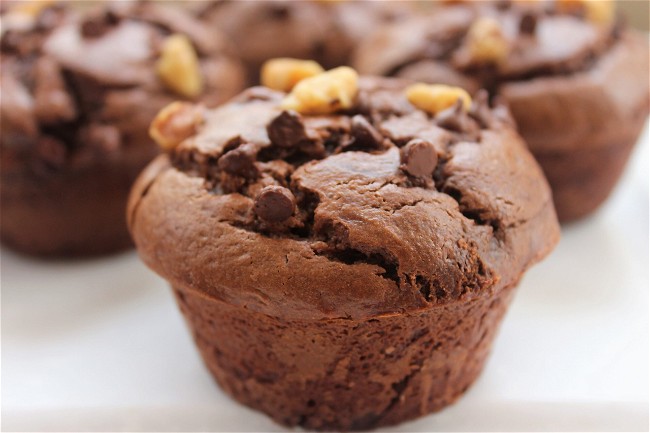Jumbo Flourless Chocolate Muffins
This Jumbo Flourless Chocolate Muffins recipe takes a different approach to my usual baking, not so much in the ingredient choices, but in the size of the finished product. If you have been following our recipe blogs for a while, you likely noticed my preference for “bite-sized” type of baked goods, small portioned desserts and mini-sized versions of recipes. But there are times when one just needs a jumbo -sized muffin! Maybe you need one after a long week at work, or a particularly challenging meeting, or perhaps after a bad episode of your favorite T.V. show. Whatever the reason, there are times when it is appropriate to indulge in a super-sized baked treat. And for those times, we want you to be prepared with a quick recipe to go to.
When baking large-sized muffins, it is crucial that the batter you are preparing have enough leavening agent to grow and stay fluffy during the oven baking process. Not to get too technical here, but your leavening agent, also known as raising agent, incorporates gas bubbles into the dough. The two most often used in baking are baking soda and baking powder. So why don’t we take a minute to explain the difference between the two? You can use this information to create your own recipes and have confidence they won’t flop when put in the oven.
What is the difference between baking soda and baking powder?
Baking soda, aka: pure sodium bicarbonate, combines with the moisture and an acidic ingredient in your mix, resulting in a chemical reaction that produces bubbles of carbon dioxide. These expand when in the oven causing your dough to rise. Since they act immediately, once the baking soda is added, you are on a timer to get your muffins to the oven or else they could fail to rise. Note that the recipe depends on an acidic ingredient for it to work. This can be yogurt, buttermilk, lemon juice or even chocolate. Without one, your baking soda won’t work at all. It’s nice to check to see if your baking soda is fresh by adding a teaspoon to vinegar some of it; if it bubbles immediately, you are good to go!
The other agent widely used in our recipes is baking powder. This one contains sodium bicarbonate as well, but also includes the acidifying agent (cream of tartar) and a drying agent (starch). It can stand a little extra time, as it does not lose its potency so quickly, so you don’t have to rush your batter into the oven. It will work once it reaches warmer temperatures, allowing your muffins to rise in the oven while baking. It can also be tested for freshness by adding a teaspoon to warm water; if it bubbles right away, it’s fresh!
Some recipes will actually ask for both, baking soda and baking powder. This allows the raising to happen twice: once while you are mixing it (because of baking soda) and then again when it reaches the oven (because of baking powder), giving your recipe an extra boost of air bubbles. The art of baking is a balance of science and experience. And I don’t claim to be an expert in by any means! But learning little facts about the most common ingredients will help us all advance along the road to becoming “master bakers.”
As a little side note, did you know that most (if not all, I’m still investigating this) cake, cookie and muffin recipes that call for a pinch of salt do not necessarily need it? That’s right! If you are concerned about your sodium intake, try omitting the salt when you can and see if your end results are the same. So far in my kitchen, it has worked. Hooray for healthier shortcuts that are successful!











Leave a comment